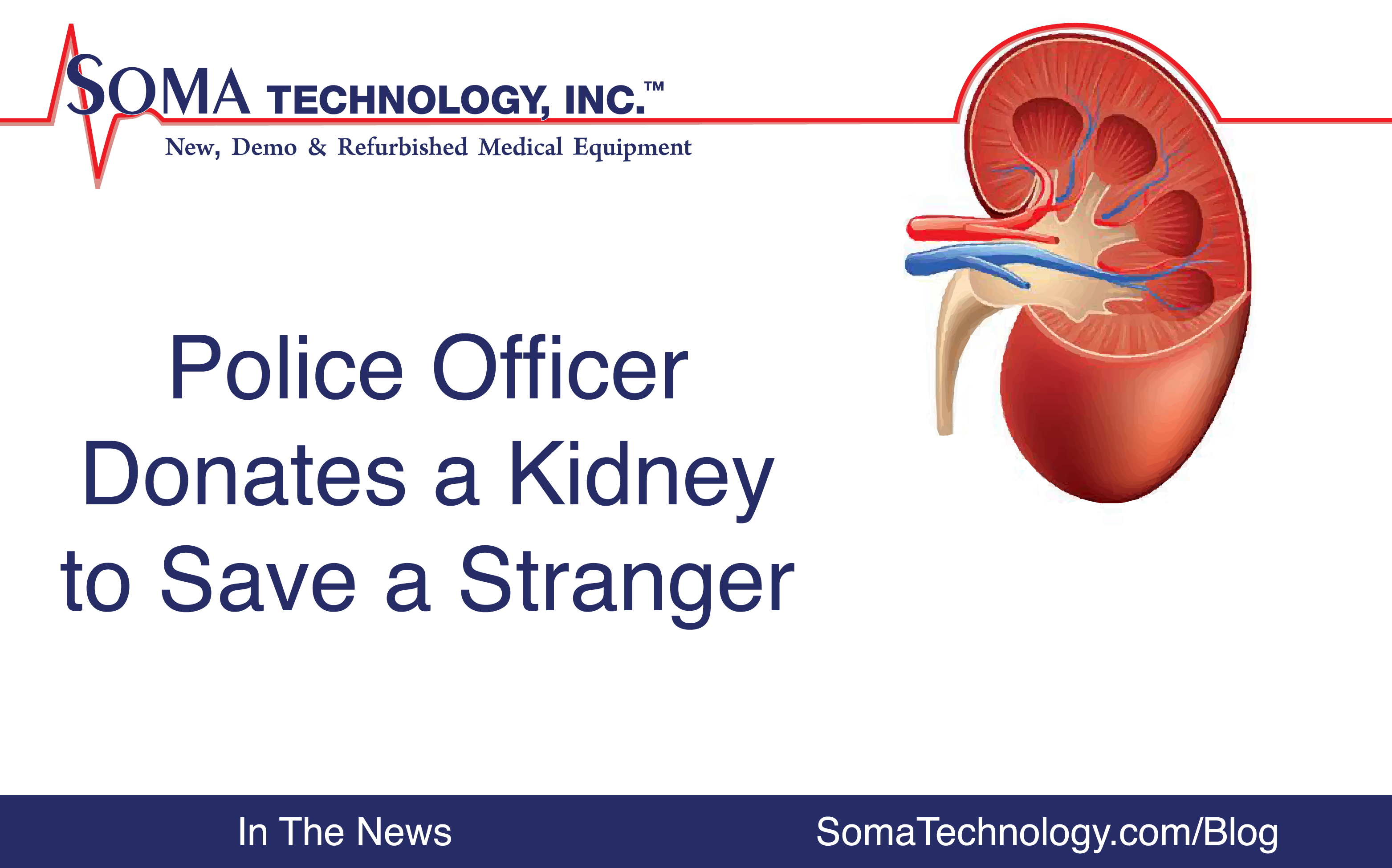Police Officer Donates a Kidney to Save a Stranger
December 26, 2017
Police Officer Donates a Kidney to Save a Stranger
Anna Cuthberston, a San Francisco police officer never considered donating an organ until she listened to a podcast about a woman who had donated. After doing some research, she decided that she would donate one of her kidneys. She saw the website, MatchingDonors.com, and that it specializes in connecting organ donors to those who are in need of a transplant. These individuals needing a transplant create a page telling their story about how they became in need of a new organ. Donors read the stories and decide who they might want to donate an organ too. Cuthberston didn’t realize how many individuals were in need of organs on MatchingDonors and similar sites. She states, “there were so many people that needed somebody to step forward so they can live.”
Kidney or Renal Transplantation
Kidney transplantation, or renal transplantation, is the transplant of a kidney into a patient with end-stage renal disease. Kidney transplantation can be classified as living-donor or deceased-donor transplantation. Living-donors are characterized as genetically related or non-related transplants, depending on the biological relationship between the donor and recipient. Generally, the donor and recipient have to be an ABO blood group and crossmatch HLA compatible. If the living donor is incompatible, the donor could register for a kidney exchange. Kidney exchanges work if the donor matches with another patient and vice-versa, so they essentially just exchange their organs.
Joan Grealis, a 65-year-old that has kidney disease, became sick five years ago. She was found to have hyperoxaluria. This is when Grealis has oxalate crystals formed in both of her kidneys. The forming of these oxalate crystals was a result of a biochemical reaction that occurred when she had a past surgery. Grealis has a husband and two children that were unable to donate to Joan for various medical reasons.
Grealis was on a waiting list for five years, being told that it could take eight or more years to get a new organ through the deceased donor’s list. She is part of a support group where she heard of the MatchingDonors website and decided to sign up as a new patient. She was concerned because she didn’t know how many people would want to help her at her age. Within an hour of signing up, she received a call from Anna.
Cuthberston then had some tests performed to verify if she could donate to Grealis. During the following months of testing, the two women formed a bond. After completing all of the testings, unfortunately, the two women were found not to be a match. Cuthberston was disappointed but didn’t give up. She was able to still help Grealis by entering her kidney into an exchange program via the National Kidney Registry. This program helps other pairs of donors and recipients who were not compatible find matches among them. In just two weeks nine people received kidney transplants thanks to Cuthberston’s initiative to donate and help Grealis.
Although Joan didn’t exactly receive Anna’s kidney, Joan still considered Anna to be the donor. If Anna never decided to donate her kidney, Joan may have never received one. If you are interested in becoming an organ donor, please see MatchingDonors.com.
Explore Other Blog Items By Category
Recent Posts


EKG vs ECG | What’s the Difference Between ECG and EKG?

